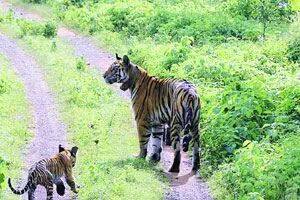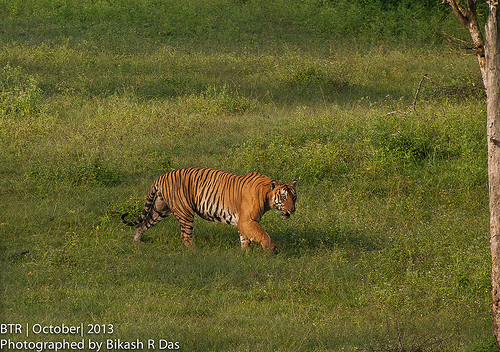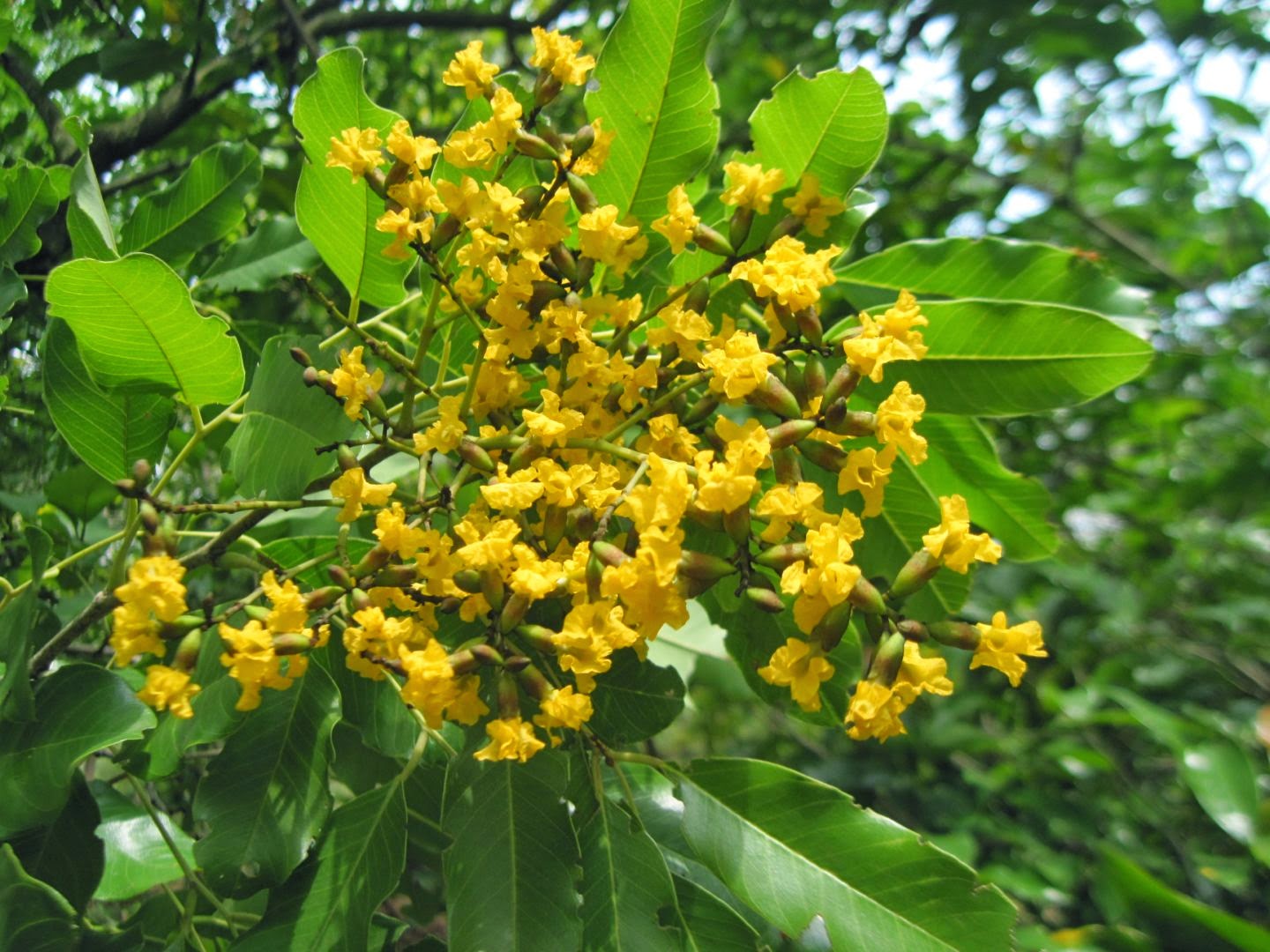When one refers to the term “Wildlife Conservation”, the imagery associated with it is usually one where charismatic species of megafauna are being preserved in a Protected Area such as a National Park or Wildlife Sanctuary. Even though the use of “ex-situ” methods such as the use of captive rearing programmes have been advocated since the past few decades by conservationists as well, methods assisting reproduction such as In-Vitro Fertilization (IVF) had generally not been applied to threatened species of wildlife on a large scale. The successful use of the technique in facilitating the birth of a pair of lion cubs at the Ukutula Game Reserve and Conservation Center at Pretoria, South Africa, might soon change that.
Read More: Saluting The Lion Queens of India

The two cubs, named Victor and Isabella, were born to their mother after the previously harvested sperm from a male lion was placed within her. The female became pregnant and the cubs were born about three and a half months later. The entire process involved no direct physical contact between the male and female, and this is IVF’s biggest advantage with respect to the conservation of endangered species.
Hope for other endangered species
A number of species have had their populations depleted to only a handful of animals left in captivity. The example of the Northern White Rhino (Ceratotherium simum cottoni) is particularly illuminating. By 2010, the species was down to just 3 individuals that were kept at Ol Pejeta Conservancy in Kenya, a very steep decline from an estimated population of 5000 in the mid-70s, largely because of uncontrolled poaching. Attempts to mate the lone surviving male with the 2 females did not succeed, and after the former died last year, the species appeared to be going the way of the dodo. But with the male’s sperm having been collected and cryogenetically preserved, does hope still linger? Perhaps IVR can allow the females to reproduce like their leonine counterpart in South Africa. The technique is also being touted as a panacea for other nearly extinct species, such as the Yangtze Giant Softshell Turtle (Rafetus swinhoei) and the Spix’s Macaw (Cyanospitta spixii).
Read More: 5 Facts You Need To Know About Asiatic Lions
IVR is not without its critics. Many propose that greater efforts should instead be put into in-situ conservation. However, captive breeding has also proven to be extremely effective for preserving a number of species, especially when going in hand with the protection of habitats, for numerous species, ranging from the California Condor to the Pygmy Hog. We can therefore be certain that Victor and Isabella will have company soon.
Read More: The Big Cats of Sasan Gir






One thought on “In A First, Lion Gives Birth To Cubs Through In-Vitro Fertilization”